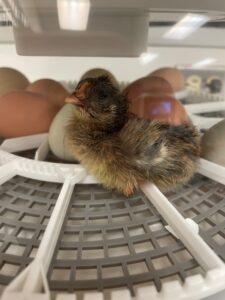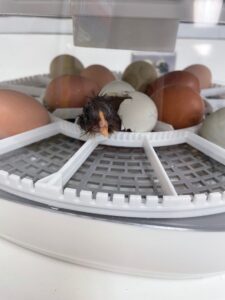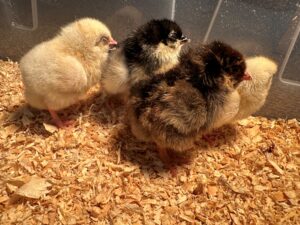Welcome to our Hatching in the Classroom program, an exciting and hands-on curriculum enrichment experience that brings the world of agriculture directly to your kids. This immersive project allows students to witness the miracle of life as they observe chicken embryos at different stages of growth, collect valuable data during incubation, and care for the adorable end product – baby chicks!
- Engages students in a memorable and interactive learning experience.
- Enhances understanding of biological concepts and scientific processes.
- Promotes skills in data collection, analysis, and documentation.
- Connects classroom learning with real-world applications in agriculture.
- Fosters a sense of responsibility and empathy through caring for baby chicks.
For more information please contact:
Alyse Henderson
Program Assistant-Ector County 4-H & Youth Development
Texas A&M AgriLife Extension Service
432.498.4071
Alyse.Henderson@ag.tamu.edu
Educational Resources
All of our teachers will receive a Hatching in the Classroom resource packet during their hatch. Below are the same resources, as well as additional curriculum to utilize in your classroom.
Group Enrollment Form– Please complete page 1 and 2 of the form and send via email to Alyse.Henderson@ag.tamu.edu. When filling the form out, please include any student who will be a part of the Hatching in the Classroom program.
Nurture Right 360 Manual – Refer to this document if you need any technical help with your incubator.
Hatching Teachers Guide– Full guide, data charts, and question set for your hatch.
Additional Material:
Eggcellent Adventures – Guide to Chicken Embryology that has curriculum schedules, lessons, and much more!
Science Vocabulary & Crossword
Life Cycle of a Chicken Presentation
2024 Hatching
Our eggs have officially hatched! We had the opportunity to teach 2,360 students the life cycle of a chicken this year. We had a 50% hatch rate leaving us with 157 hatched chicks!







